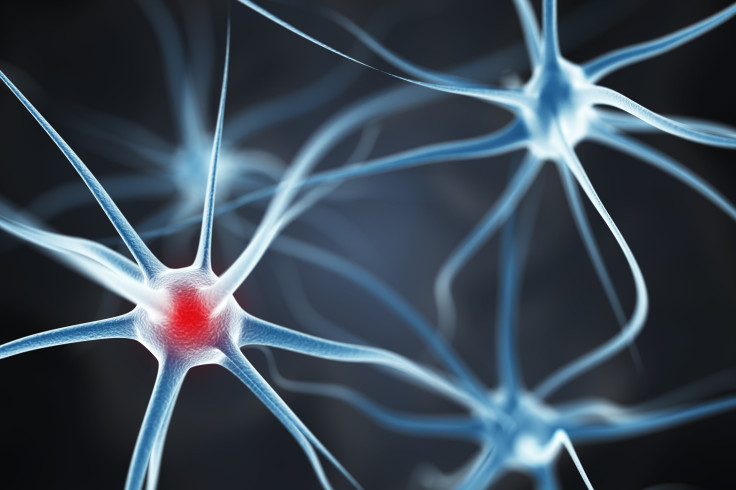Understanding Why The Brain Struggles With Learning New Skills May Help To Develop More Efficient Rehabilitation Programs

Anyone who’s ever taken a “fun” elective class in college has found out the hard way that learning a new skill is really quite difficult. However, adding on to an already acquired skill is nearly second nature. Although this is a natural occurrence, we’ve surely all observed, a recent study has figured out why this is so, and this finding could have huge implications for the field of rehabilitative services.
In a project funded by the National Institutes of Health, National Science Foundation, and the Burroughs Wellcome Fund, a team of researchers from the Center for the Neural Basis of Cognition at Carnegie Mellon University and the University of Pittsburgh were able to lay out the fundamental reasoning for brain limitations during learning. “We know from experience that some things are learned more readily than others. We now understand a bit on why some things are learned more readily than others,” Dr. Aaron P. Batista, one of the researchers of the study, explained to Medical Daily. This understanding consists of both patterns and restraints involved in neural connectivity, a recent press release reported.
To record the brain’s activity during the learning process, researchers trained animals to use a computer program called a brain-called interface. The animals were taught to move a computer cursor on a monitor in a specific pattern while researchers recorded neural activity pattern. Results showed that subjects were able to produce some neural activity patterns more easily than others because the foundations for these patterns already existed in their brains. This suggests that learning is largely shaped by connectivity among neurons.
Patrick T. Sadler, a fellow researcher on the project, compared the study’s finding to cooking in a recent press release. “Suppose you have flour, sugar, baking soda, eggs, salt and milk. You can combine them to make different items — bread, pancakes and cookies — but it would be difficult to make hamburger patties with the existing ingredients," Sadtler explained in the press release. "We found that the brain works in a similar way during learning.”
How these results could be translated to everyday use is truly exciting. “There are several points where we think this work could have clinical applications,” Dr. Byron Yu, another researcher involved on the study, told Medical Daily. These brains of these patients no longer show normal brain activity. “There are a good number of brain injuries such as strokes and diseases that are characterized by abnormal brain activity and these results suggest a way we can train patients to show normal patterns of neural activity.”
The second potential implication that researchers predict for their study may sound like it’s out of a science fiction novel but is actually the focus of “maybe a dozen or two dozen” clinical trials. “We want to help paralyzed patients and amputees move a limb just by thinking about it it,” Yu said. “Our results speak to how we might be able to train patients to learn to control these more quickly and proficiently.”
The team, which also consists of Kristin Quick, Elizabeth Tyler-Kabara, Matthew Golub, Steven Chase, and Stephen Ryu, emphasized that the science uncovered in their study is exciting but currently in the early stages of development. Still, the future looks bright, with Batista concluding, “We imagine a lot of potential health ramifications down the line.”
Source: Sadtler PT, Batista AP, Yu BM, et al. Neural Constraints on learning. Nature. 2014.



























